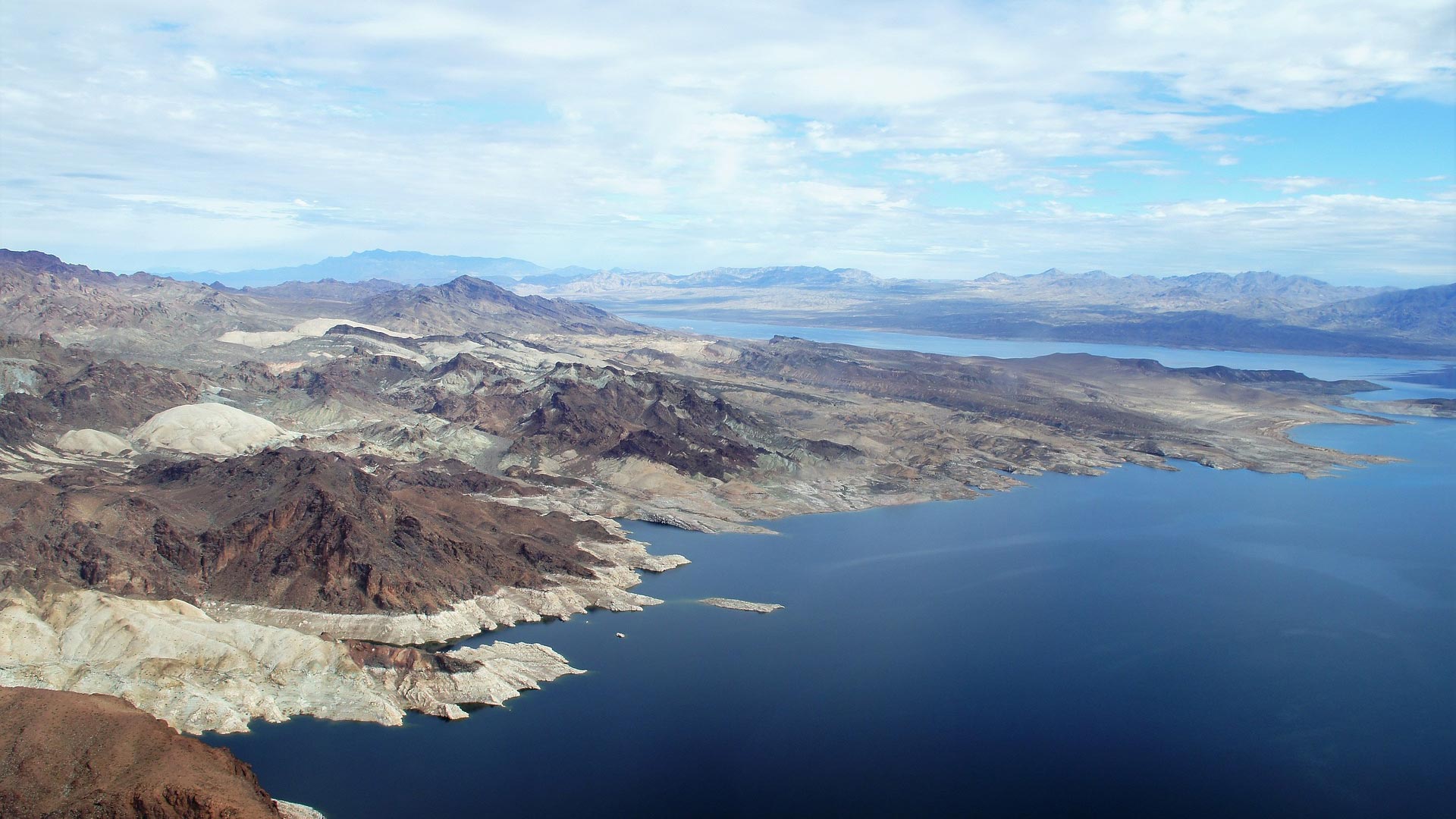
On Jan. 30, six of the seven states that share water from the Colorado River under rules adopted 100 years ago sent a letter to the U.S. Bureau of Reclamation. In it they outlined a consensus-based proposal for dramatic cutbacks to water usage by revising interim operating guidelines for Glen Canyon Dam at Lake Powell and Hoover Dam at Lake Mead. The seventh state, California, has submitted its own proposal that offers a different approach than the others’.
These revisions, the states said, are necessary to protect critical elevations and infrastructure within the two reservoirs to ensure the Colorado River System – in a state of crisis after two decades of prolonged drought – can continue to serve 40 million people and 5.5 million acres of irrigated farmland.
Colorado State University is home to a multitude of experts on the Colorado River’s worsening crisis and the multi-state attempts to reach consensus on usage and governance. One of them is civil and environmental engineering professor Neil Grigg.
Grigg answered some questions about what the new proposal means – and doesn’t mean – and how it sets the stage for many more negotiations.

SOURCE: To the casual observer, how would you summarize the significance of this proposal – how long did it take to get here, what does it mean, and what will it do, or not do?
Grigg: The Colorado River Compact is 100 years old, but the current 22-year Colorado River drought is the worst in recorded history of the river. It threatens cities, farms and wildlife from Wyoming to Mexico. This includes large cities like Denver, Las Vegas, Los Angeles, San Diego and Tijuana, as well as major agricultural, energy and environmental uses.
There is an imperative to spread responsibility and adjust in an equitable way across the basin – but that is a heavy lift. Solution prospects are limited by gridlock, caused by problems among major participants like the Department of the Interior, the seven basin states, and major water-using cities and agricultural districts.
The Department of the Interior and its Bureau of Reclamation wield a big stick with the authority to curtail releases to the Lower Basin (Arizona, California, Nevada), and the legal system wields another stick in the form of a potential Compact Call to restrict water uses in the Upper Basin (Colorado, Wyoming, Utah, New Mexico).
SOURCE: California did not sign onto this proposal. Is that significant, and why?
Grigg: California has rights to the largest share of Colorado River water, some 4.4 million acre feet out of an annual average of 15 million acre feet, or 16.5 million acre feet if Mexico’s allocation is included. Most of California’s allocation goes to irrigation in the Imperial Valley. California has the most to lose from any agreement. This is significant because, on the one hand the state uses a lot of water, but on the other hand, the uses are mostly beneficial, and there are lots of stakes to ponder.
SOURCE: Could you characterize the threat of “deadpool” to Lake Powell and Lake Mead, and what that term actually means?
Grigg: Reservoir water levels are divided into zones, with the deadpool being water at the very bottom that just stays there. Once you hit deadpool, the reservoir is useless, and the only water that can flow out is water that flows in, so there’s no storage, generation of hydroelectricity, or water security for users dependent on the reservoirs.
SOURCE: In the course of your career, you’ve seen many things and been to many meetings. Is this particular proposal a meaningful sign of real, sustainable change in the management of the Colorado River Basin?
Grigg: It’s hard to say, but usually meetings like this are followed by more meetings. Without California buy-in to the six-state proposal, the federal government will have to look at using some kind of heavy hand.
CSU’s depth of knowledge on water issues, including the Colorado River Basin, resides in several areas including the Department of Civil and Environmental Engineering and the Colorado Water Center. Contact anne.manning@colostate.edu to connect with an expert.